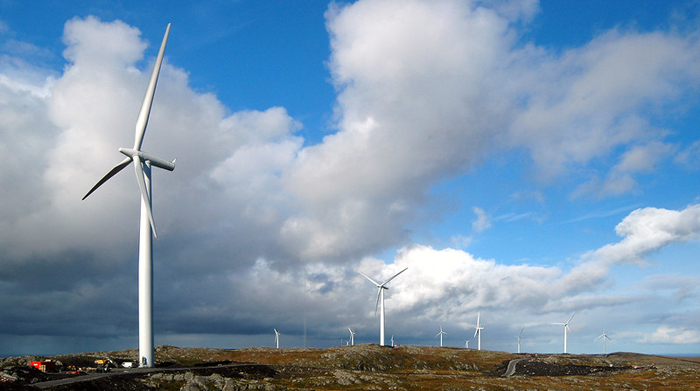Wind Power Plants Require New Approaches to Outage Recovery

Image courtesy of Statkraft under Creative Commons Attribution-NonCommercial-NoDerivs 2.0 Generic License, resized to 700 x 391 pixels.
Why do wind power plants require a rethinking of outage management? Well, despite the fact that customer expectations are higher, regulatory scrutiny is more intense, and technology has advanced, recovering from a power outage has followed the same general process for decades.
The issue is that these tried-and-true processes have been optimized for traditional sources of power, like coal, oil and natural gas. But in many cases, they are less effective when it comes to restoring wind energy. Here’s what you need to know.
The Challenge of Outage Recovery for Wind Power Plants
As of the time of this writing, largescale wind power plants already dominate one particular state – Iowa. This state produces 55% of its power from wind, equating to approximately 12,000 MW of installed capacity. Thus, it’s not like the wind-outage-recovery issue is something that can be pushed down the road – large wind plants are already a reality.
The main nuance here is that wind power is more volatile and less predictable than traditional sources of power. And this dynamic is even more problematic when you consider the fact that a large wind farm may have hundreds of individual generators that must be coordinated and synched to get the entire system back online.
Resolving these challenges is basically a prerequisite for introducing larger amounts of wind power into the grid – simply put, if large wind power plants cannot be restored quickly after an outage, it’s a non-starter for further expansion.
For this reason, in 2020 the DOE awarded a handful of scientists a near $730k grant to come up with a way or a system to orchestrate the restoration of wind-dominant electric grids after a blackout. Their findings have been approved for publication in IEEE Transactions on Energy Conversion, and they generally revolve around a “stall-prevention” subsystem, which is essentially a set of controllers and a software algorithm that allows the turbines to work together to withstand asymmetrical grid faults.
You can read the intricate details of this work in the IEEE publication. Overall, if all goes well, wind power plants will be able to get restored as quickly as traditional power plants in just a few years.



